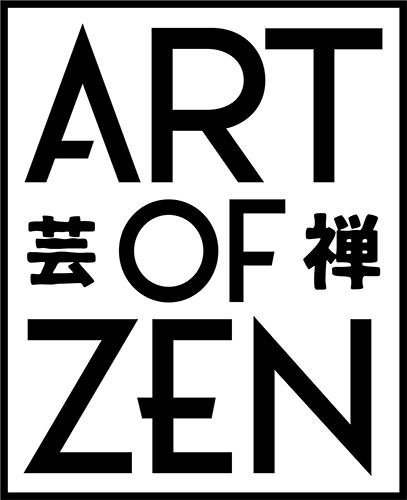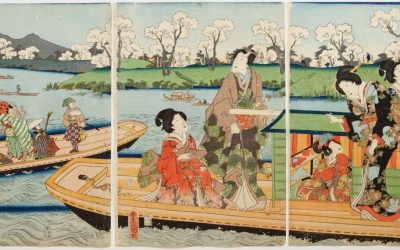Follow the many lives of ukiyo-e master Hokusai, from Shunrō to Manji, as his art transforms through names and evolving styles.
zen art
The Symbolism of Koi in Zen and Japandi Interiors
Koi art brings calm, resilience, and natural flow to Japandi interiors—infusing Zen symbolism into your minimalist space.
Why TASCHEN’s Hokusai is the Ultimate Gift for Fans of Ukiyo-e
Discover TASCHEN’s Hokusai book by Andreas Marks—746 artworks, deep insights, and pure Japanese art mastery in one epic volume.
Why Mono no Aware Is the Soul of Japanese Ukiyo-e
How mono no aware, the bittersweet awareness of life’s impermanence, flows through Japanese art and ukiyo-e.
The Symbolism and Functionality of Moon Gates
Moon Gates are symbolic entryways into Chinese Gardens in a realm of harmony, positive energy, and natural beauty.
How to Embrace ‘Ma’ (間) and Bring Japanese Minimalism Into Your Home
Learn about ‘Ma’ (間), the Japanese minimalist aesthetic, its benefits, and how to incorporate it into your home.
Key New Trends in Japandi Interior Design for 2025
Japandi interior design in 2025 deepens biophilic elements, adds textured surfaces, embraces sustainability, with bold color accents for personality.
Tsutaya Juzaburo: A Driving Force in the Content Business
Discover Tsutaya Juzaburo’s legacy at Tokyo National Museum’s exhibition, showcasing Edo’s vibrant culture and ukiyo-e masterpieces.
What is the Significance of Peacocks in Japanese Art and Culture?
Peacocks in Japanese art symbolize beauty, nobility, and harmony. Learn about their cultural significance and iconic artworks like Imazu Tatsuyuki’s screens.









